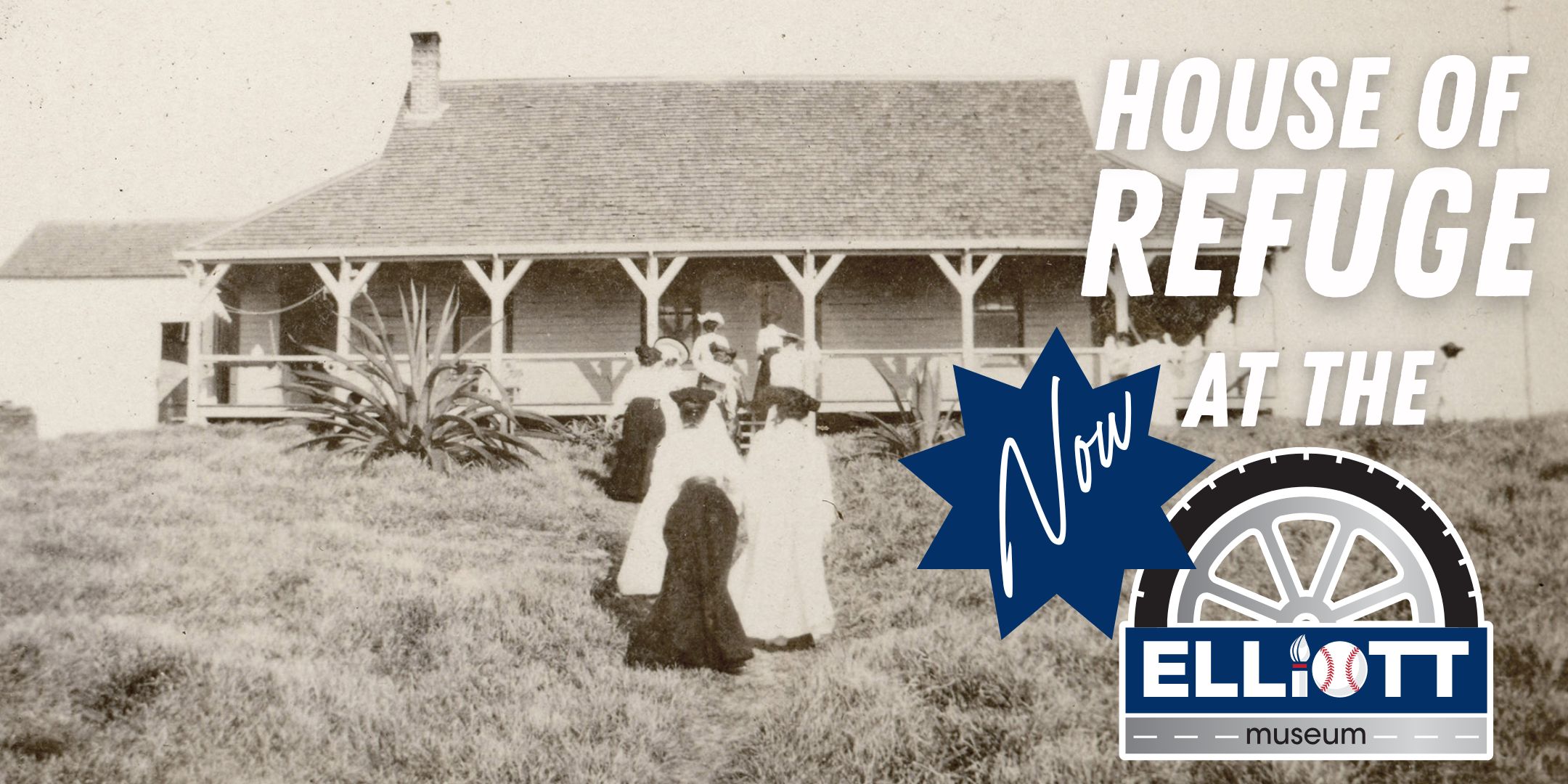
House of Refuge
While the House of Refuge is closed for restoration over the summer of 2025, we have curated some of her most precious treasures to tell the story of how and why Martin County’s oldest building filled a need in shipwreck rescue and salvage in 1876.


Historically, the creation of Houses of Refuge was spurred by maritime disasters, notably a severe shipwreck in 1873 that highlighted the plight of stranded mariners. The Life-Saving Service, recognizing the need for coastal aid, requested funds for building five such houses. Sealed proposals for their construction were solicited by the Treasury Department in Washington, D.C., to be received by June 29, 1875. Specifications and plans were available in various locations, including Fernandina, St. Augustine, and Key West. A contract for these houses, including the one at Gilbert’s Bar, was awarded on October 20, 1875. The site for the House of Refuge, located near the St. Lucie Rocks, was leased on March 19, 1875, from William H. Hunt for twenty years at a cost of one dollar. Construction on the Hutchinson Island house is believed to have commenced in January 1876 and finished by April 1876, though its official opening date isn’t clearly recorded. The first Keeper appointed was Fred Whitehead, beginning his service on December 1, 1876. Keepers who followed included Ezra Stoner, Preston A. McMillan, David Brown, David McClardy, Hubert W. Bessey, and W. E. Rea, serving for an annual salary of four hundred dollars. The Life-Saving Service later merged with the U.S. Revenue Cutter Service in 1915 to form the United States Coast Guard. The station was eventually decommissioned in April 1945 under the charge of Keeper Hodapp, who lowered the flag for the final time. After a brief lease period in 1946, the property was abandoned in 1949 and fell victim to vandals and the elements, though in the early fifties, it was considered for private purchase and restoration by individuals.
In terms of significance, the fundamental purpose of the House of Refuge was to offer aid and shelter to those shipwrecked along the coast. Keepers were tasked with providing essential support like food, water, clothing, and care to survivors. The House played a crucial role in numerous rescues, documented in wreck reports, such as providing assistance to the crews of vessels like the brigantine J. H. Lane, which wrecked in 1886 about five and a half miles SSE of the station. The House also offered temporary refuge to early settlers, like the Simmons family, until they secured their own land. Its significance evolved when its operational life ended, shifting to historical preservation. The Martin County Commissioners acquired the property in 1953 specifically for this purpose. It was converted into a museum in 1955, managed by the Historical Society of Martin County, an organization explicitly formed with the goal of preserving the House of Refuge.
The cultural influence of the House of Refuge is primarily felt through its status as a carefully preserved historical landmark and museum, serving as a vital link to the area’s maritime past and honoring the dedication of its early keepers. Its historical value has been formally acknowledged, being designated a Historic Memorial in the State of Florida in 1969 and listed on the National Register for the Preservation of Historic Places in 1974. This recognition has been instrumental in facilitating restoration efforts. Operated by the Historical Society and budgeted by Martin County, the museum provides a tangible connection to a bygone era of coastal life-saving and the demanding conditions faced by those who navigated and served the waters off Florida’s coast. Displays and artifacts, including objects repurposed from shipwrecks, share stories of its history. The unwavering commitment of the keepers is highlighted as an invaluable, intangible element of the site’s legacy. Community involvement, including efforts by local organizations and individuals, was essential in its preservation and recognition as a historic site. Today, the House of Refuge remains a key landmark and a significant cultural asset, embodying the Historical Society’s mission to conserve and perpetuate Martin County’s heritage. The adjacent beach park was even dedicated as the C. Scott Fletcher Ocean Park in 1975, noting its proximity to the historic House of Refuge.













